


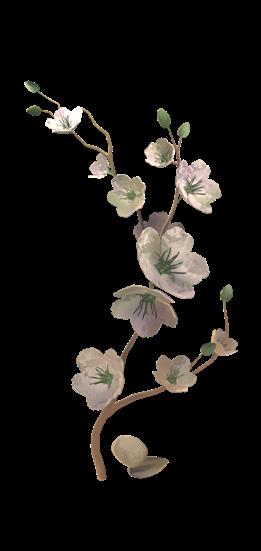

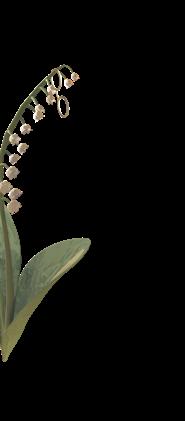
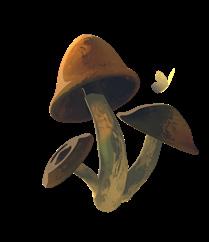
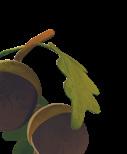
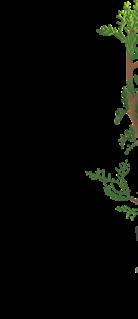
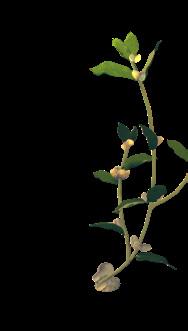
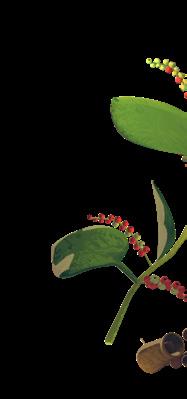

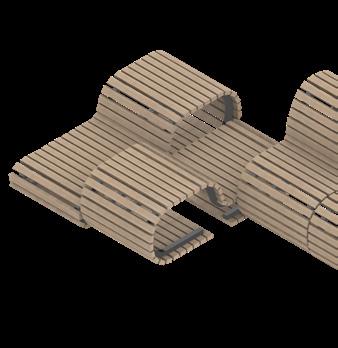
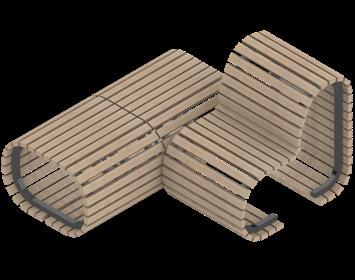

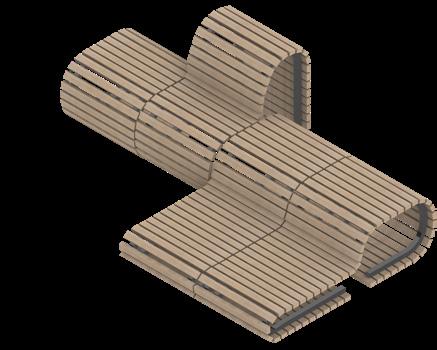
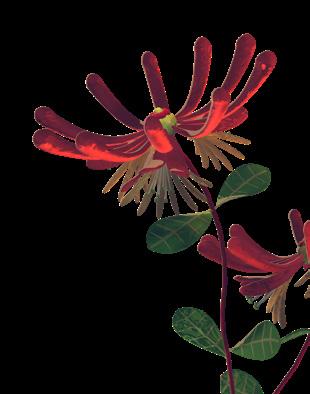

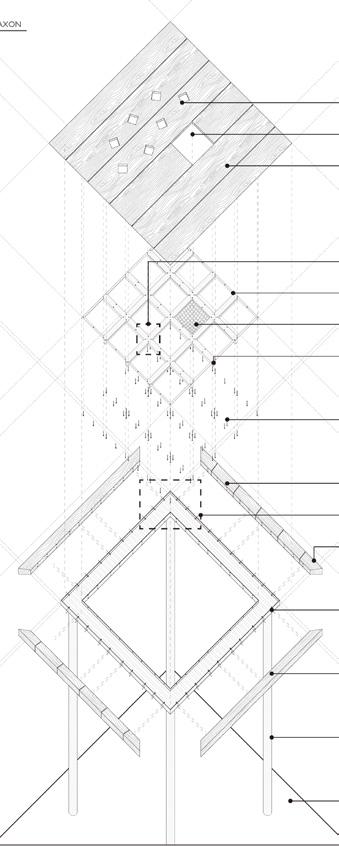
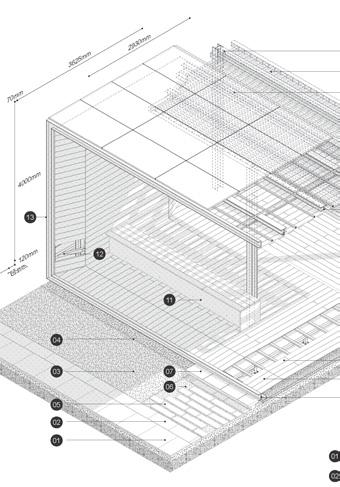
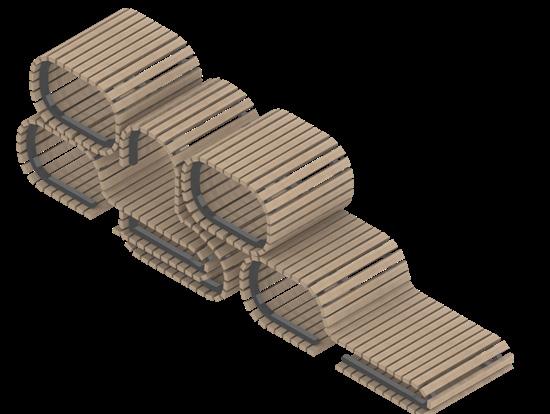
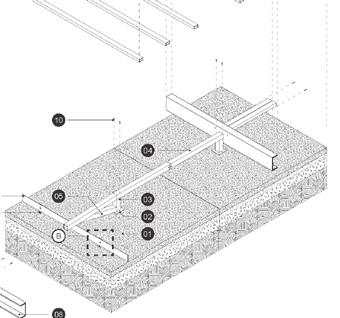























Tat, Tang Chi Tat is a student designer with a keen interest in landscape, furniture, and social design. He graduated from the School of Design at The Hong Kong Polytechnic University with a degree in Environment and Interior Design. He is currently completing his Master of Landscape Architecture (MLA) at the Division of Landscape Architecture, The University of Hong Kong. As he graduates, Tat is seeking opportunities to further his studies through a PhD program, aiming to contribute to innovative landscape design and ecological restoration practices.
instagram gulu_tat phone +852 9860 7539 email guluthetat@gmail.com
NAME | Tat, Tang Chi-tat
GENDER | M
DATE OF BIRTH | 10 / 02 / 2000
AGE | 24
PHONE | 9860 7539
EMAIL | guluthetat@gmail.com
ISSUU | https://issuu.com/gulu_tat/docs/tat
MASTER
THE UNIVERSITY OF HONG KONG (HKU) Master of Landscape Architecture (MLA) 2022 - 2024
BACHELOR
THE HONG KONG POLYTECHNIC UNIVERSITY (PolyU) BA (Hons) Environment and Interior Design 2020 - 2022
ASSOCIATE
HONG KONG COMMUNITY COLLAGE (HKCC) Associate Degree of Environment and Interior Design 2018 -2020
APPLIED LEARNING
HONG KONG DESIGN INSTITUTION (HKDI) Applied Learning of Interior Design 2016 - 2018
GREEN CARD
LABOUR DEPARTMENT
Construction Industry Safety Training Certificate 2024 - 2027
INTERMEDIATE LEVEL IN ARCHERY
GOLDEN TRUST ARCHERY
Recurve Intermediate Class 2023
TEACHING ASSISTANT
Division of Landscape, The University of Hong Kong 07/2024 - 07/2025
STUDENT TEACHING ASSISTANT
Division of Landscape, The University of Hong Kong 09/2023 - 12/2023
TEACHING ASSISTANT FOR AutoCAD LESSON Hong Kong Community Collage 01/2022 - 01/2022
INTERN
One Bite Design Studio 06/2021 - 08/2021, 06/2022 - 08/2022
DESIGN AND EDITING ASSISTANT LWK + Partners (HK) Ltd. 06/2012 - 08/2018
2023, 2024 | HKCC POLYU ANNUAL SHOW exhibition | guest crit.
2023 | SIT FURNITURE AWARD design award | winner
2020, 2021, 2023 | LEARNING EXPERIENCE TALK with HKCC sharing | guest speaker
2022 | DRAWING OF THE YEAR 2022 drawing award | shortlisted
2022 | PORTFOLIO SHARING with HKCC sharing | guest speaker
2020 | JC WELL-BEING DESIGN with DOMAT school design | assistant
2019 | JCDISI WELL-BEING DESIGN by ONEBITE park design | participation
2018 | ONE DAY DESIGN CHALLENGE bathroom design | participation
2017 | BEST BOOTH DESIGN booth design | 2nd runner-up
2016 | ENGLISH SPEECH FESTIVAL solo speaking | Merit
MYCO | thesis
/ bio-degradable material / fabrication / mycology
//summer 2024
HEALER | landscape design & planning / ethnobotany / indigenous knowledge / therapeutic landscape
//spring 2023
HAVEN | landscape design
/ public open space (pos) / water-freindly / waterfront promenade
//autumn 2023
SHAKESPEARE | botanical research
/ digital visualisation / folklore / storytelling
//summer 2022
FOOTSDOG. | furniture design / ergonomic / pet-friendly / modular system
//summer 2022
*awarded project in 2023
JOURNAL | gallery / exploration / research / sketch
//from 2018
ACADEMIC INSTRUCTORS
Dylan Kowk
Registered Interior Architect (Finland); hello@kwokdylan.com
Hoiwood Chang
Associate Division Head (SSHD); hoiwood.chang@cpce-polyu.edu.hk
Jason Hilgefort
Adjunct Professor; hjason@hku.hk
Natalia Echeverri
Senior Lecturer; nechever@hku.hk
Ren Chao
Associate Professor; renchao@hku.hk
Xiaoxuan Lu
Assistant Professor; xxland@hku.hk
NON-ACADEMIC INSTRUCTORS
Alan Cheung
Co-founder of OneBite Design Studio; alancheung@onebitedesign.com
Sarah Mui
Co-founder of OneBite Design Studio; sarahmui@onebitedesign.com
PROJECT MYCO
TITLE
Redefining Mycoscape: Mycelium as a Catalyst for Transforming Landscape Practices and Fostering Ecological Restoration in Hong Kong
TYPE
Thesis
THEME
bio-degradable material, fabrication, mycology
SIZE
N/A
LOCATION
N/A
PERIOD Summer 2024
DESCRIPTION
The concept revolves around several core objectives: repurposing mycelium use in landscape architecture, giving waste a new life as useful material and landscape elements, and decontaminating soil and landfills. Central to this thesis is the vision of waste as fuel and mushrooms as the drivers, with the ultimate output being a restored, revitalized, healthy landscape. Demonstrations in this study show how mushroom and mycelium can be integrated with organic waste, creating innovative applications such as floating mycelium pods designed for water filtration in ponds, alongside mycelium-infused paving that offers environmentally friendly options for landscape construction.
SUPERVISOR(S)
Natalia Echeverri

The findings from the dataset underscore the pressing issue of waste management in Hong Kong, revealing a persistent reliance on landfilling as the primary disposal method for various waste types. This dependency on landfills presents a critical environmental challenge, particularly as space becomes increasingly scarce and the environmental impact of landfilling grows more severe. The introduction of myceliumbased solutions offers a promising alternative, capable of transforming waste management practices from merely discarding waste to actively enhancing ecological health through waste repurposing.

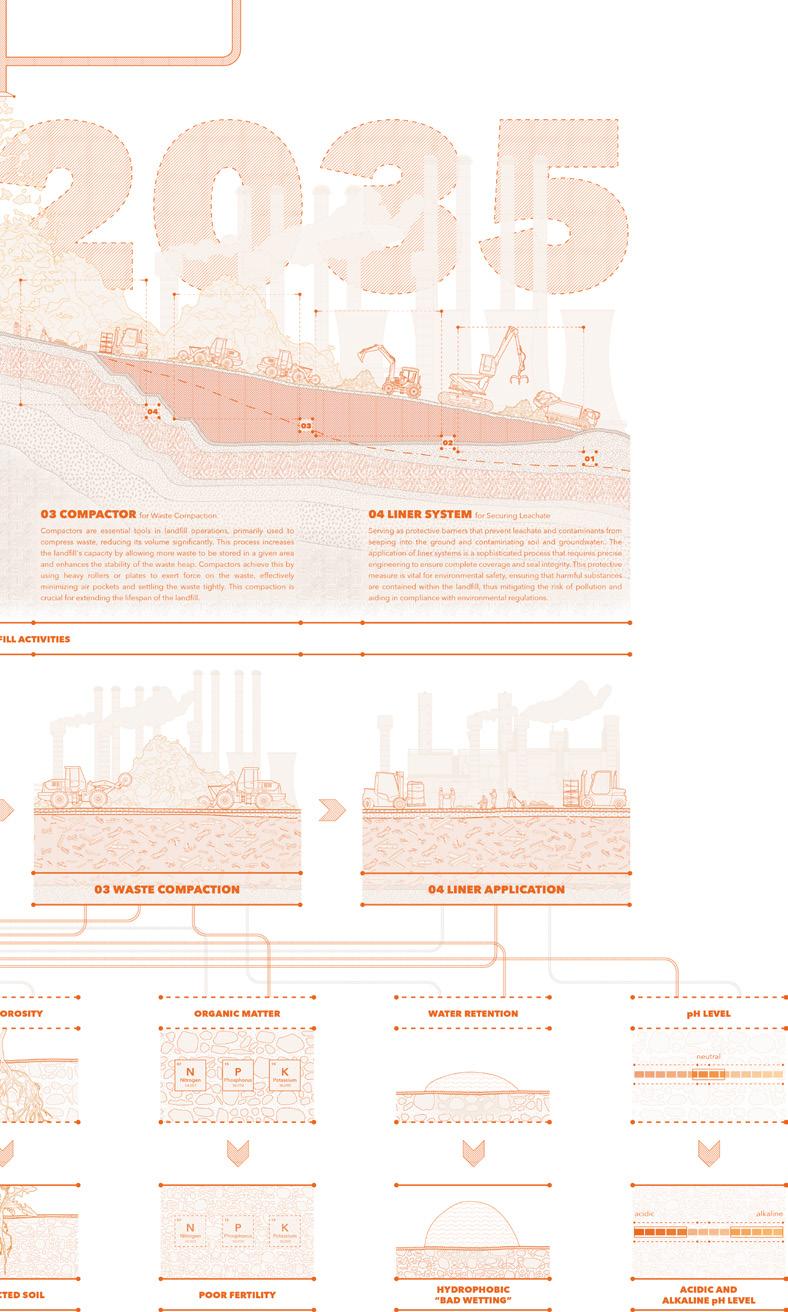
This thesis seeks to redefine perceptions of fungi and mycelium, they are not neither plants and animals, they are something inbetween, exploring their significant yet often overlooked roles in landscape architecture. Despite their small size, fungi and mycelium have substantial impacts on ecological landscapes—a fact that has remained largely underappreciated in our field.
As a landscape designer, I have come to realize that while we often consider various elements of the landscape such as fungi and mycelium, the potential of these organisms has not been fully explored. In the field of landscape architecture, there is a predominant focus on manmade structures and designs, often overlooking the intricate and effective systems crafted by nature itself. What if we allowed natural organisms to shape our landscapes? Imagine a scenario where mycelium, on its own, constructs self-sustaining mycoscape.

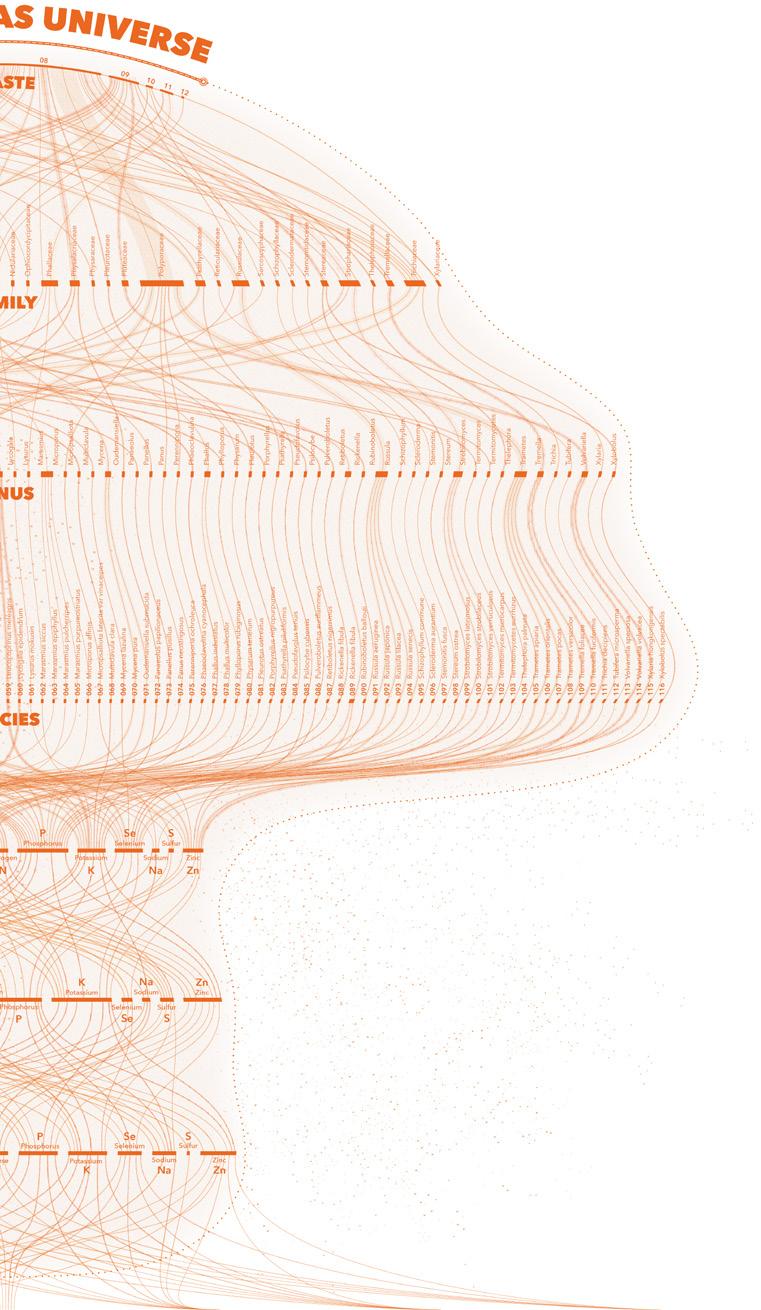
The exploration of fungal architecture is more than a scientific endeavour; it is a cultural shift towards sustainable construction practices that respect and integrate with natural processes. While challenges remain in material development and global scalability, the potential of mycelium to revolutionize the construction industry holds promise for a more sustainable and ecologically integrated future.
The future of mycelial materials may also lie in strategic geometric design and advanced post-processing techniques. By leveraging digital fabrication methods, such as 3D printing, and exploring different geometries, engineers can enhance the structural capabilities of myceliumbased composites.

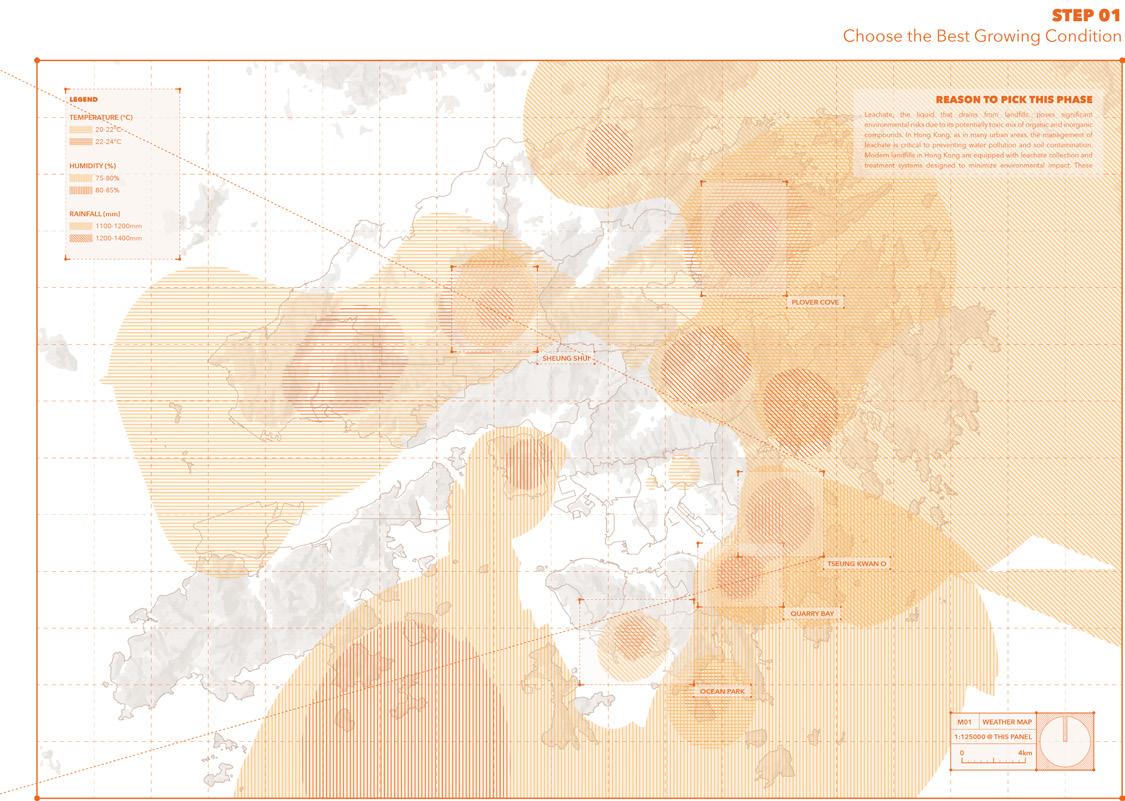
A pivotal component of this design is the establishment of an inoculation center at the SENT landfill. This center is dedicated to cultivating mycelium using the abundant construction-derived wood waste available in the area, integrating waste management with ecological restoration. This initiative aligns with broader efforts to transform the landfill into a functional country park, directly addressing the critical issues of soil contamination and landscape degradation.



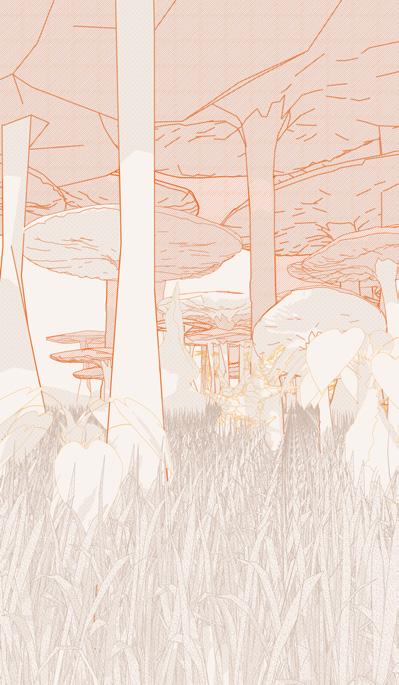
The culmination of this thesis is the creation and implementation of a series of mycelium-based applications specifically designed for the ecological restoration of the SENT Landfill in Tseung Kwan O. These innovative applications include floating mycelium pods designed for water filtration, mycelium-infused paving that supports sustainable construction, and other versatile mycelium products such as berms, coir logs, and filter tubes which are aimed at enhancing landscaping practices.
MYCOLAND
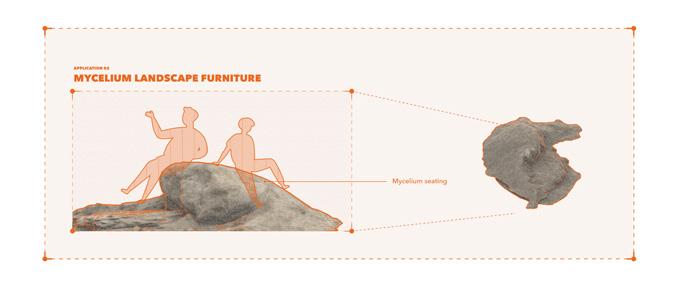
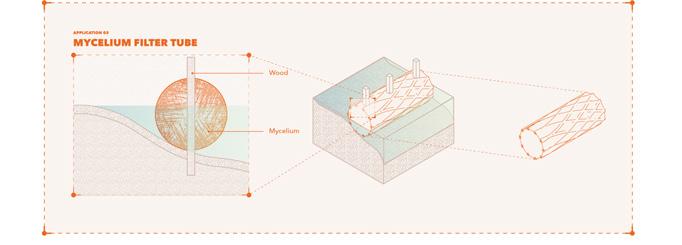
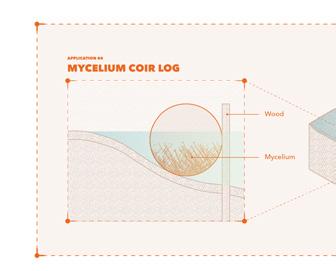
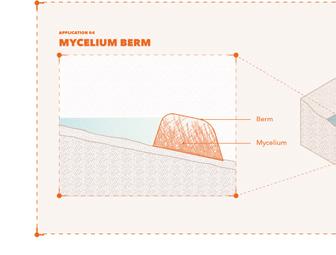
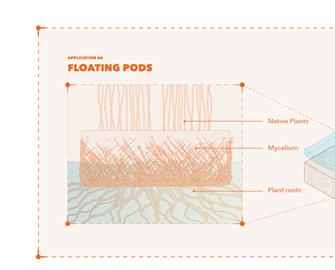
Design Applications






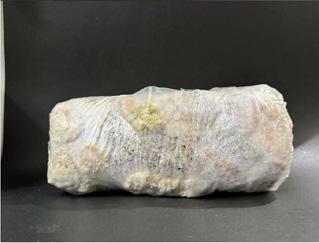
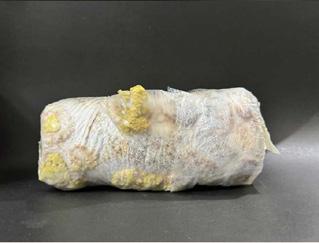
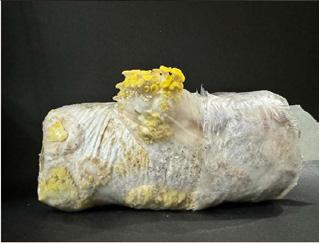
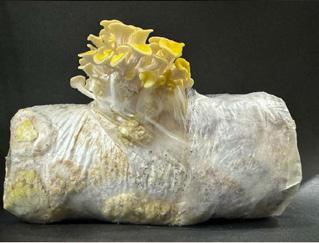
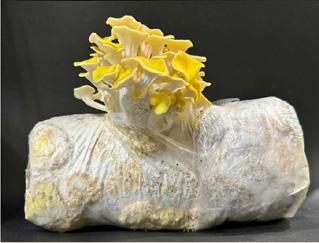
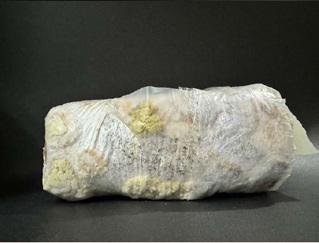

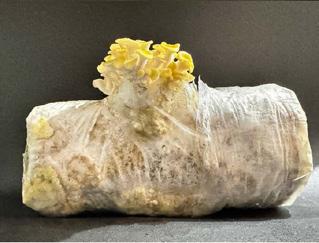
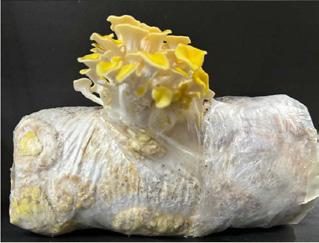


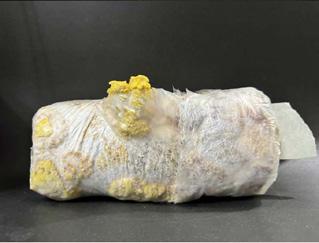

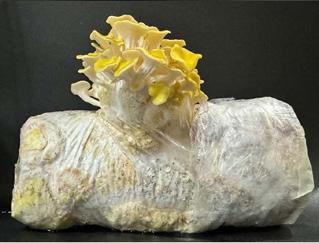
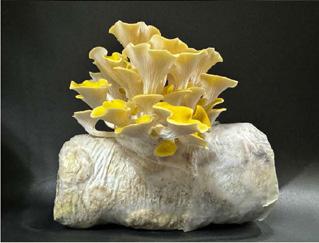

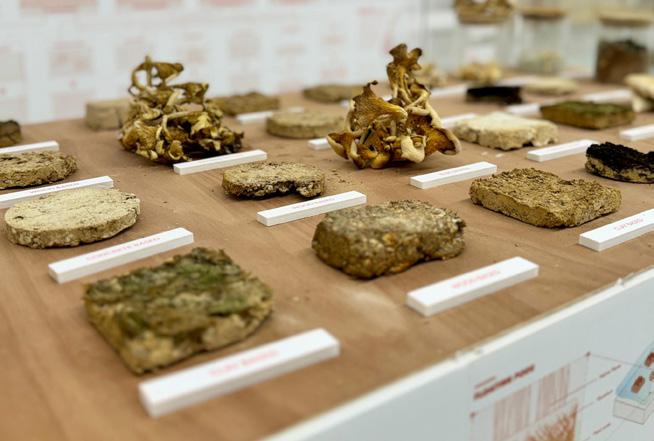

PROJECT HEALER
TITLE
Ethnobotanical Landscape: Strengthening Local Healing System and Conserving Cultural Heritage at Hmong Doi Pui Village
TYPE
Landscape design and planning
THEME
Ethnobotany, indigenous knowledge, therapeutic landscape
SIZE
1 KM2
LOCATION
Doi-suthep Pui National Park, Chiang Mai, Northern Thailand
PERIOD Spring 2023
DESCRIPTION
This project proposes a hybrid mode of development in both the forest and the Hmong Doi Pui Village area. The hybrid mode system aims to reconnect indigenous medicinal knowledge and animistic harvesting cosmology from the past while bridging the gap between legal and illegal practices. By integrating traditional ethnobotanical practices with contemporary landscape architecture, the project seeks to revitalize the local healing system and preserve the cultural heritage of the Hmong community.
The project envisions a landscape that fosters the sustainable use of medicinal plants, promotes biodiversity, and supports the cultural traditions of the Hmong people. It involves creating spaces for cultivating and harvesting medicinal plants, educational areas to share indigenous knowledge, and community gathering spaces to strengthen social bonds.
SUPERVISOR(S)
Xiaoxuan Lu, Jason Hilgefort

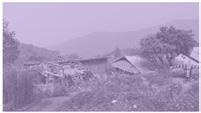
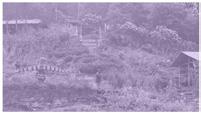

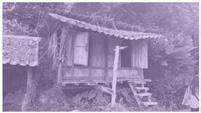

 Village demography
Village demography
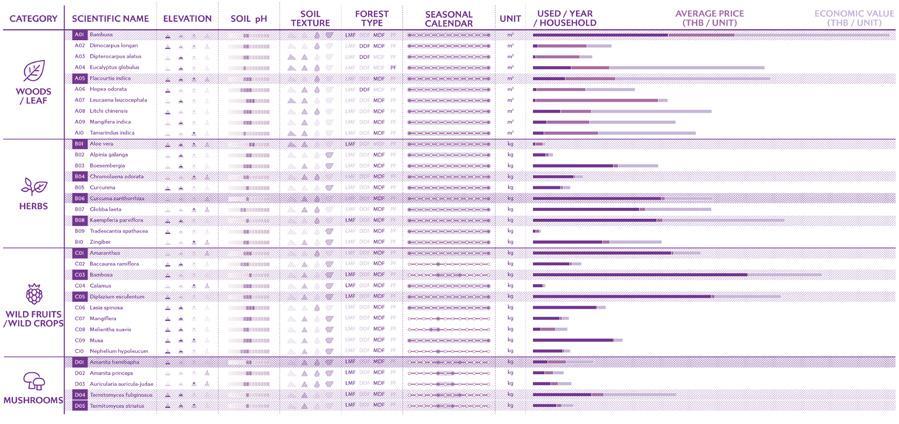
Medicinal value



Wellness shed
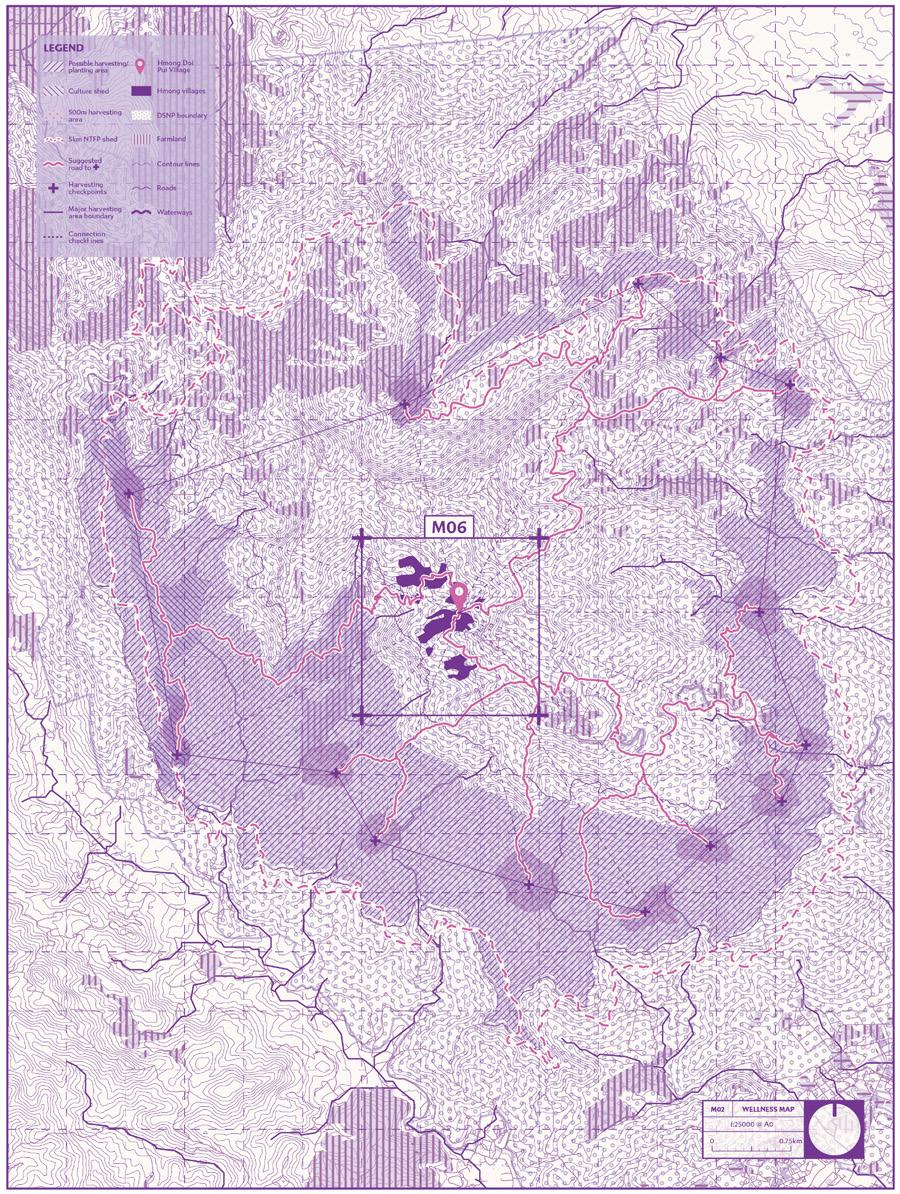
After overlaying all the maps, I generated the NTFP shed with 5km dimension, and it is around 1 hour walk from the village. They can cultivate and harvest the herbs in these areas. Providing this wellness shed could improve capability and capacity of the healing system.
Replan and reschedule the gardening area at the village




Licensing structure
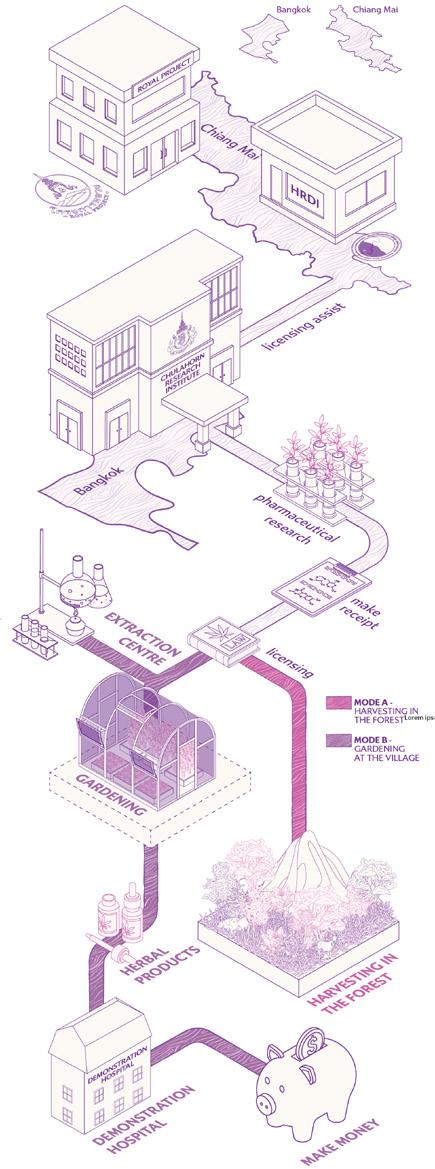
RE-PLAN THE GARDEN AT THE VILLAGE
Quantity of herbs needed
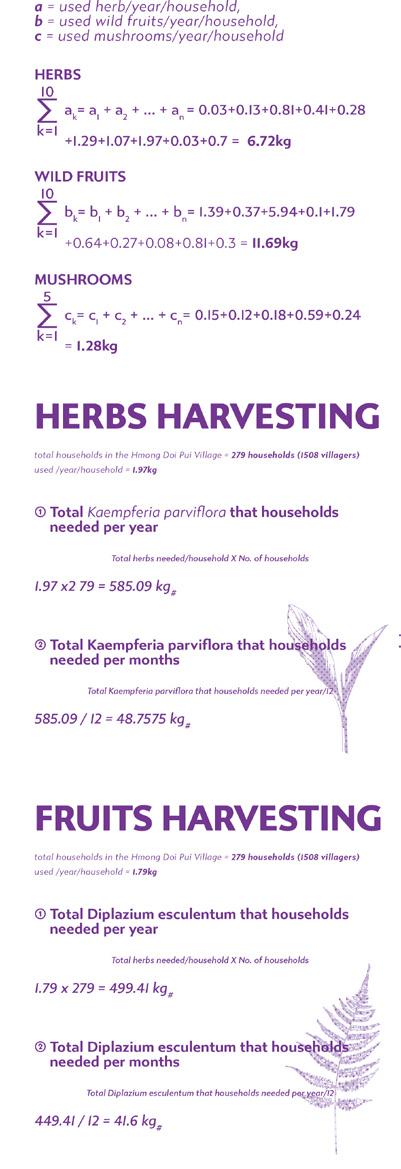
Re-planning the plan the garden and give it a new schedule so as to fulfil their healing needs. Furthermore, we need an important step on that. It is licensing. Fortunately, there’s operator called Chulabhorn Research Institute which could provides licensing and receipt editing on the herb products where located in Bangkok.

Hybrid mode A - five senses and therapeutic landsacpe

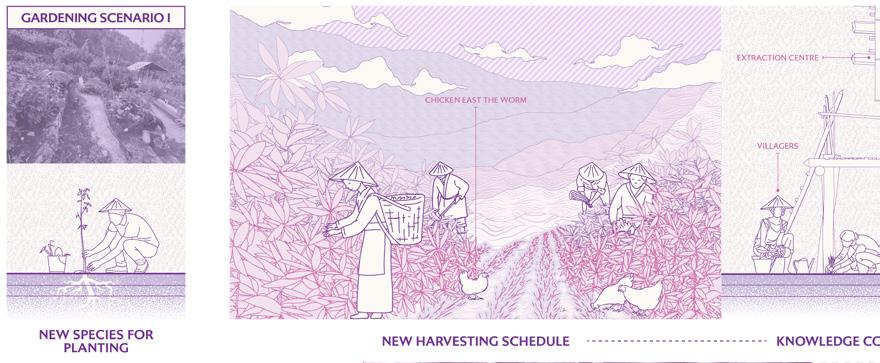



Hybrid mode B - gardening
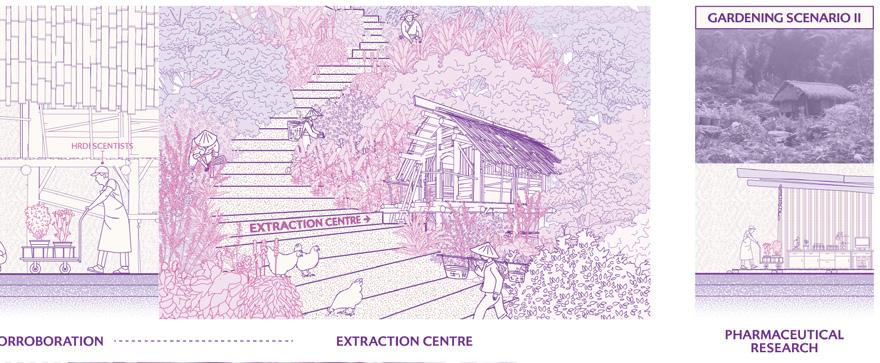
Sublime & holistic management

past - future

past - future

PROJECT HAVEN
TITLE
Chai Wan Waterfront Promenade
TYPE
Landscape design
THEME
Public open space (POS), water-freindly, waterfront promendae
SIZE
50000 M2
LOCATION
Chai Wan Cargo Handling Area, Hong Kong
PERIOD Autumn 2023
DESCRIPTION
This project aims to breathe new life into the Chai Wan Cargo Handling Area by transforming it into a vibrant Waterfront Promenade accessible to everyone.The focus is on promoting a water-friendly culture, providing muchneeded public open space, and offering ecological education services.
Key design elements include the Aqua-market, where visitors can explore a variety of goods related to the waterfront lifestyle. The Aqua-metro, a unique logistic system of pipes between the berths and the market, adds a practical and innovative touch. The Aqua-garten, inspired by the concept of a kindergarten, serves as an aquatic care center where people can learn about and engage with aquatic ecosystems.
SUPERVISOR(S)
Ren Chao
*Shortlisted in the Drawing of the Year 2022
Illustrate the socio-economic situation by using geographic system
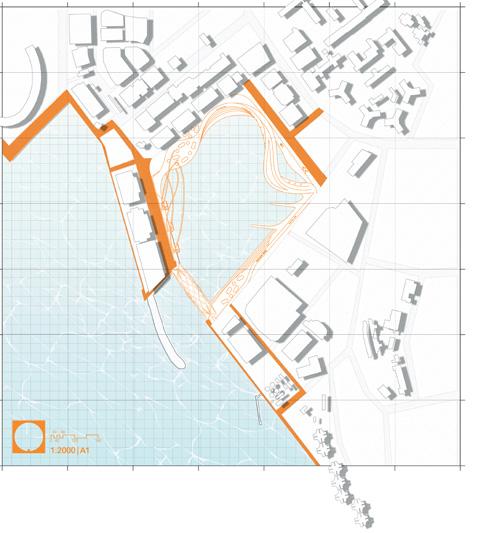
This site is in between Heng Fa Cheun and Siu Sai Wan and surrounded by a bunch of industrial buildings. The whole design scheme is separated into 4 phases and different design elements which aiming to solve different problems. The design elements are Aqua-market, Aqua-metro (pipes logistic system between berth and market), Aquagarten (aquatic care taking centre - “aqua”+“kindergarten”), Aquatransit (bridge) and Public Berths.
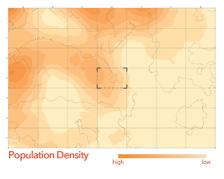
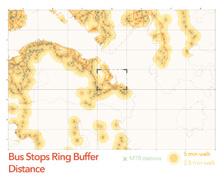


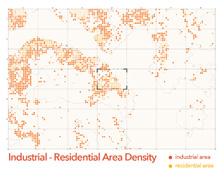
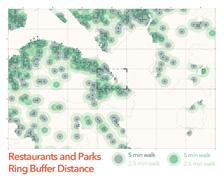
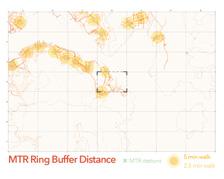
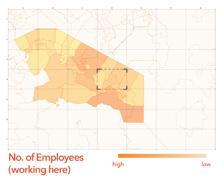
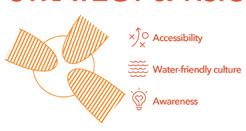
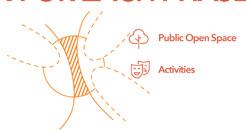
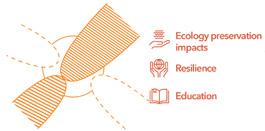
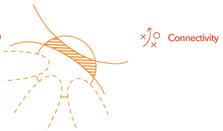

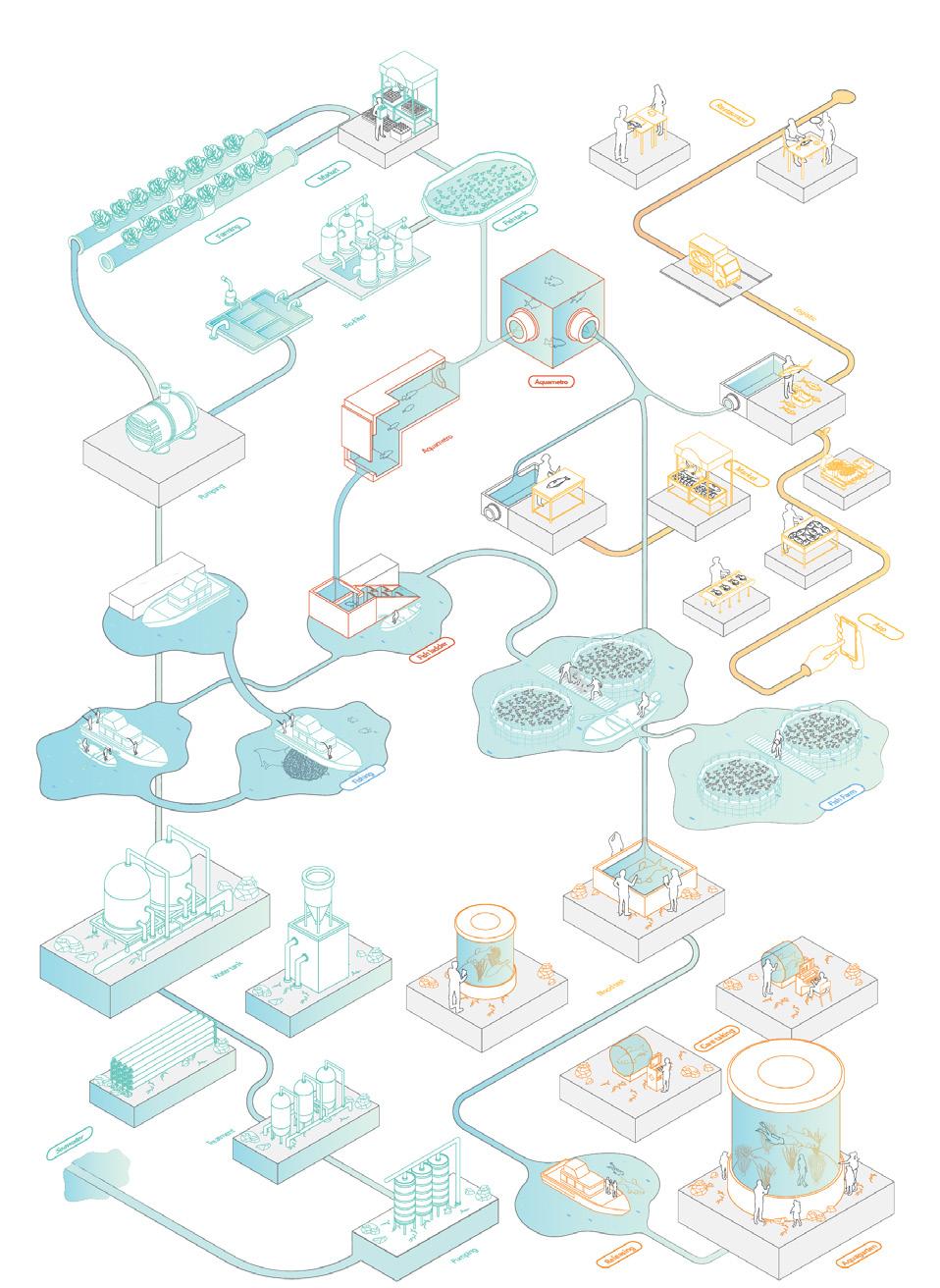
Place-making sceneries
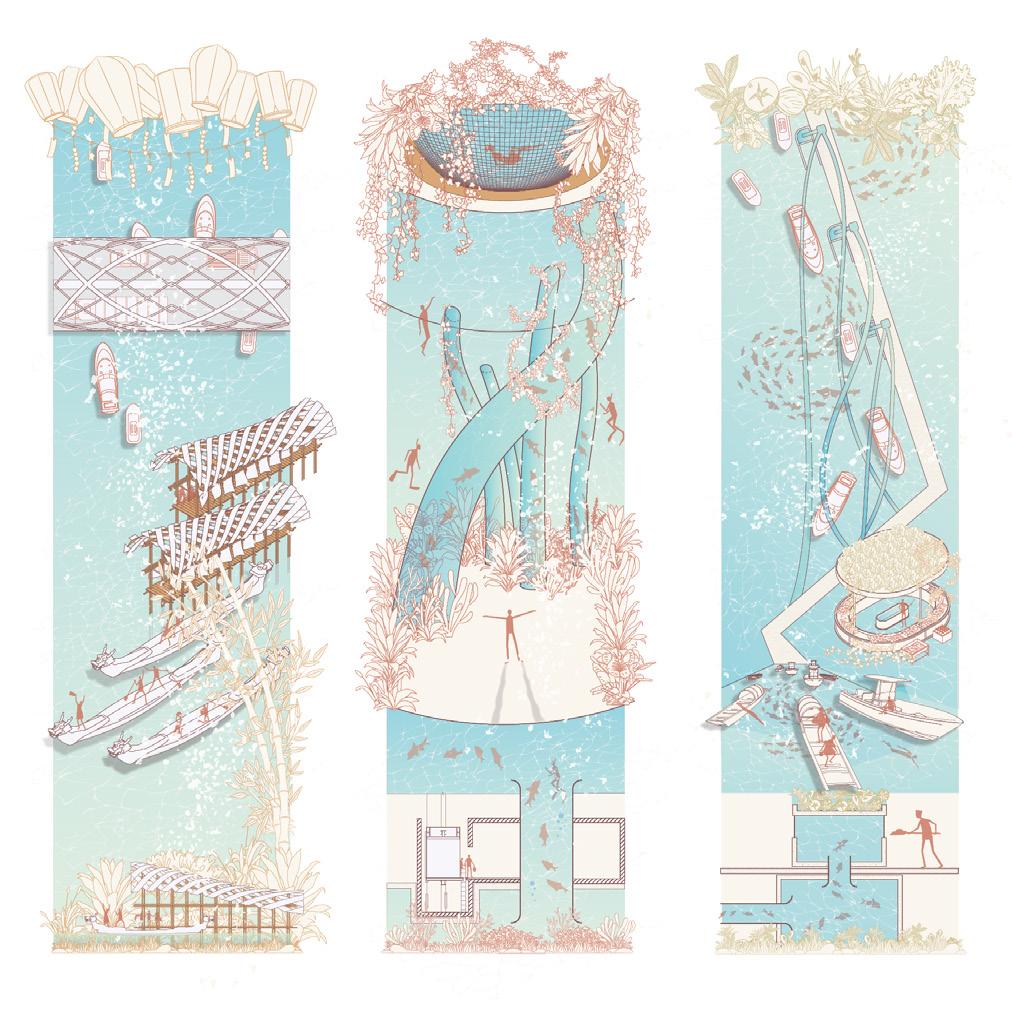
It is a complex project with different design components and systems. This systematic diagram shows how those design components could work together and reveals what kind of systems are working behind the design components. This diagram is initiated from 2 fish sources, they are fishermen and fish farm. As fish are from 2 places, that means at least we need to have 2 types of water and they are fresh water and sea water. Therefore, we need a desalination plant for transferring sea water to fresh water for Aqua Market and Aquagarten. Furthermore, an aquaponic can be added as there’s freshwater supply. It can be used for enriching the Aqua-market as well as the market should not selling fish only.
FAVOURITE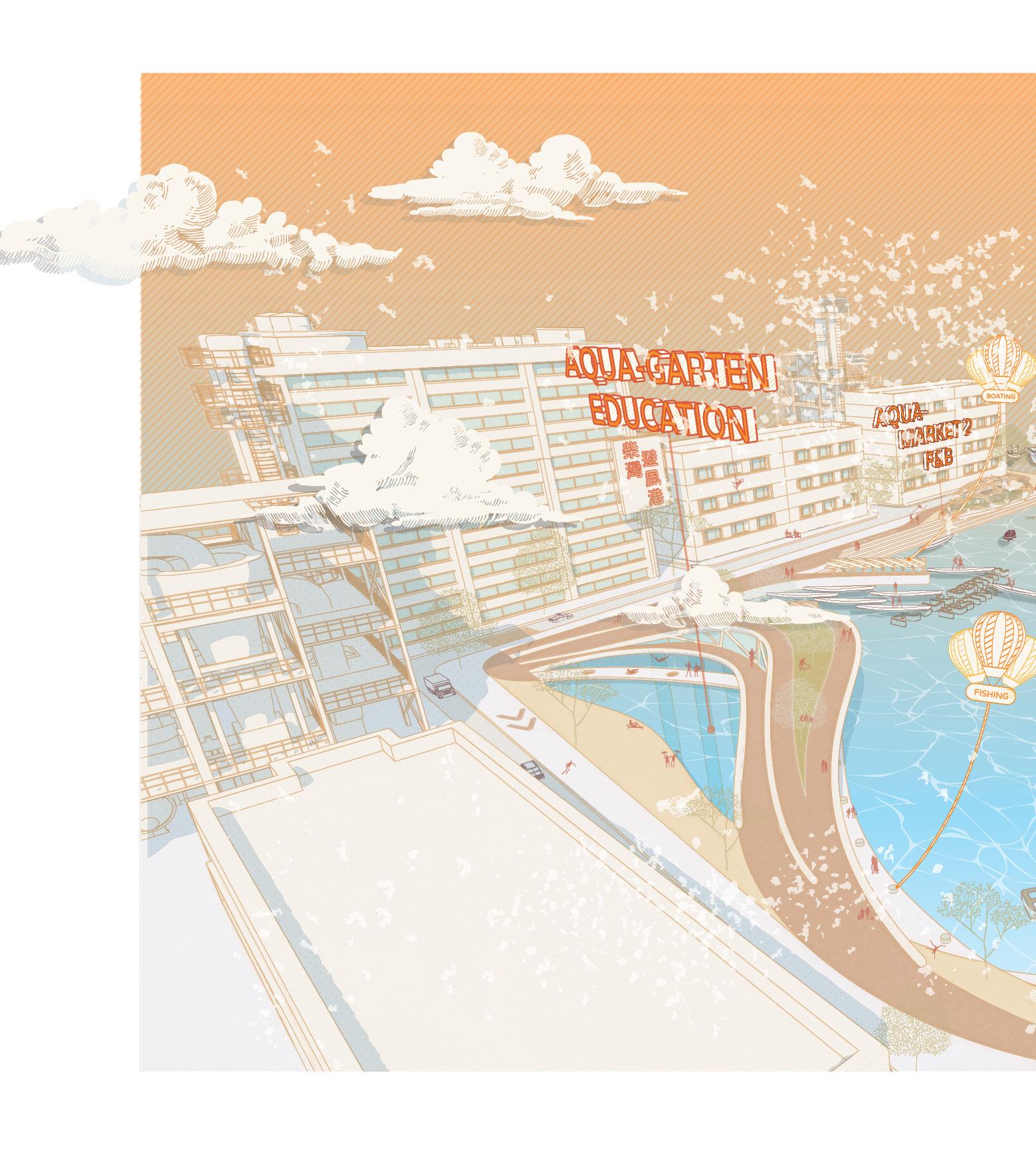
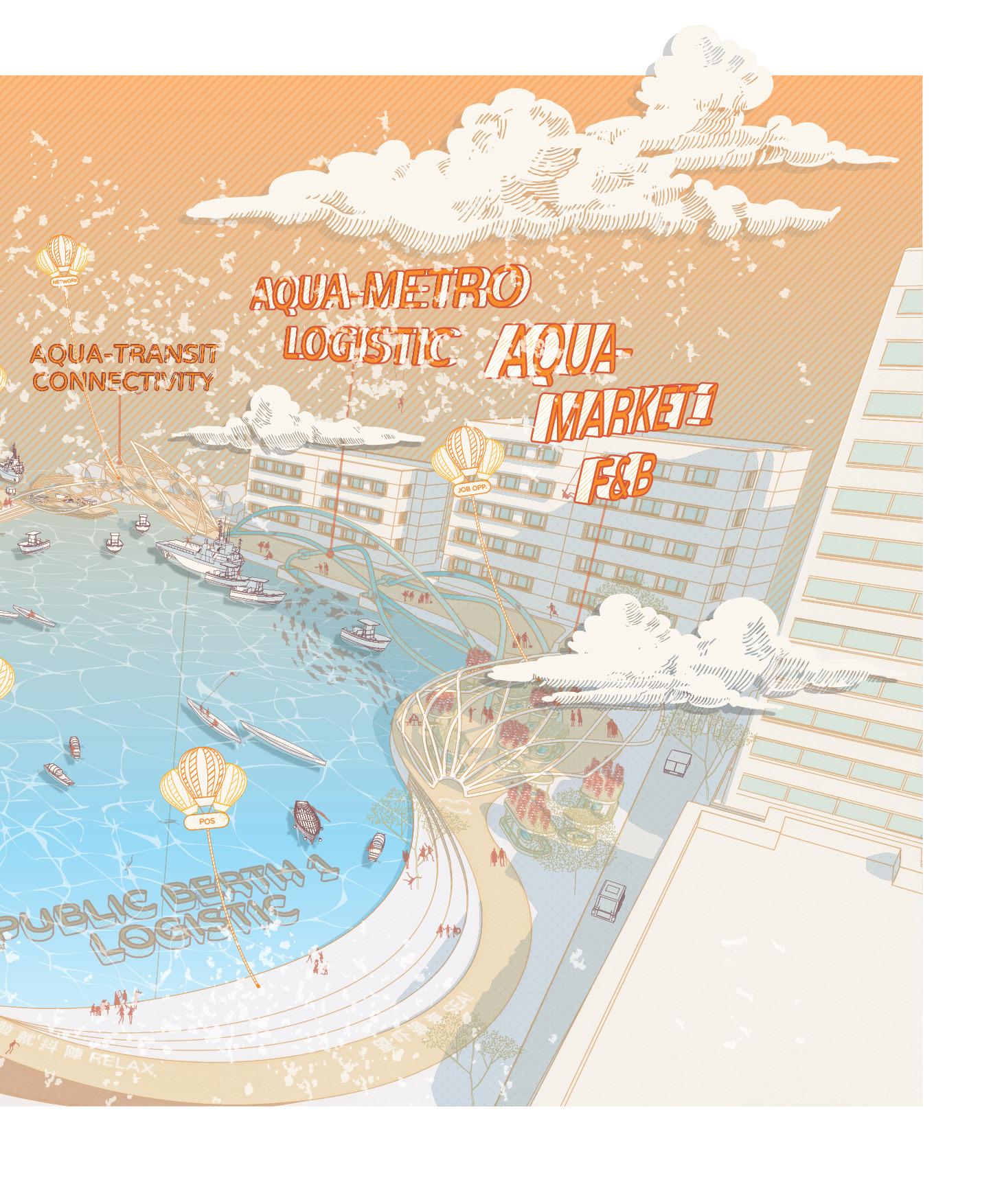
Shortlisted Certificate of the Drawing of the Year 2022


PROJECT SHAKESPEARE
TITLE
Oblivious Botanies: Shakespeare
TYPE
Botanical Research
THEME
Digital visualisation, folklore, storytelling
SIZE
N/A
LOCATION
N/A
PERIOD Summer 2023
DESCRIPTION
Over 175 flowers, fruits, herbs, trees, seed and grasses were cited by Shakespeare. He used those plants to enrich the stories by adapting their shapes, form, folklore, medical value…… It’s a research project that highly focusing on the plant’s narrative by modelling different plants and understanding different stories behind the plants. There are severals small objects added during the analysis. They represents interesting stories and other funny metaphors behind the plants. Understanding these stories is a way to enjoy Bard’s inner landscape as well!
SUPERVISOR(S)
N/A
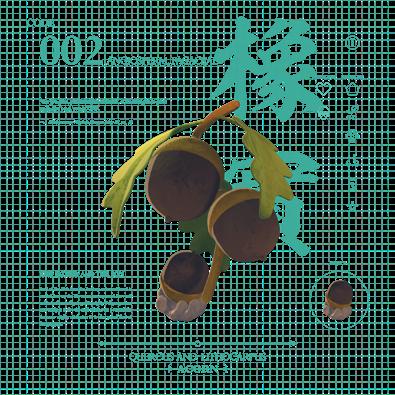
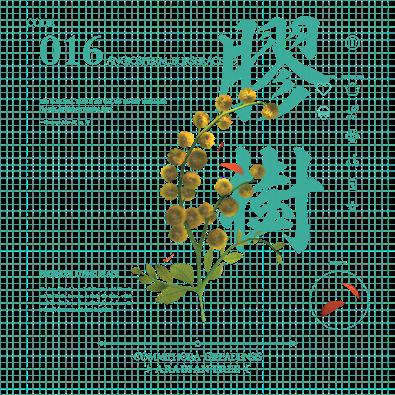
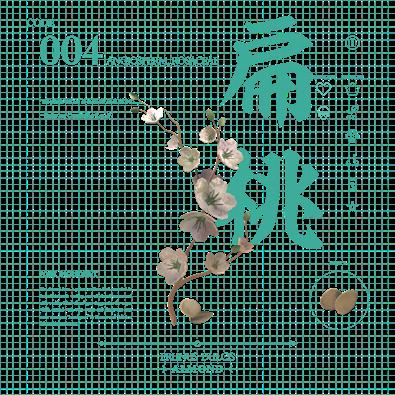

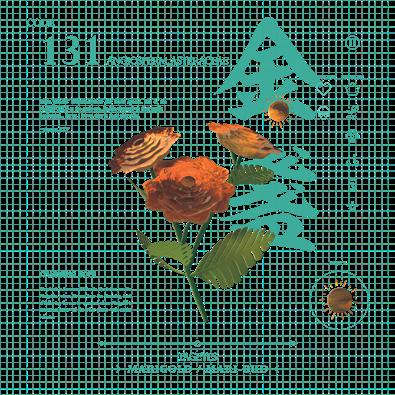


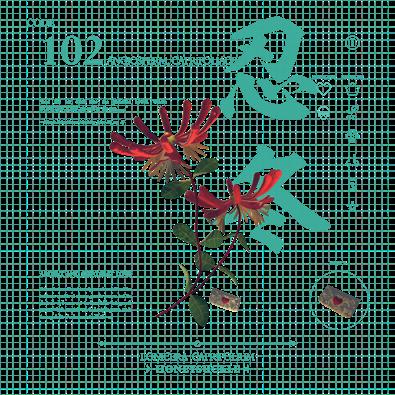
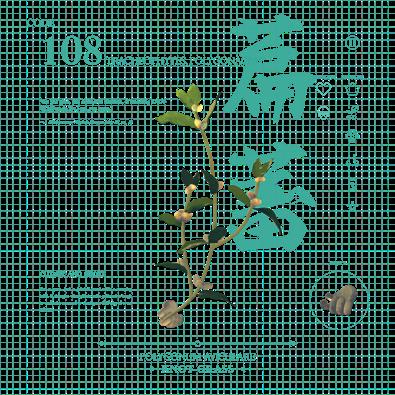
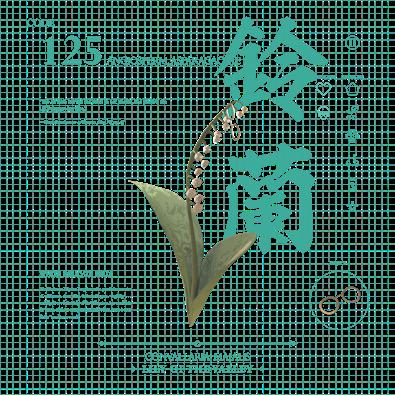


PROJECT FOOTSDOG.
TITLE
Footsdog. Public Seats
TYPE
Furniture design
THEME
Ergonomic, pet-friendly, modular system
SIZE
2400 X 800 X 600 MM
LOCATION
Lee Tung Avenue, Hong Kong
PERIOD
Autumn 2022
DESCRIPTION
FootsDog. is a group project that cooperated with Sino Group. It aims to engage the neighbor around Lee Tung Avenue and pet owners through social engagement. By understanding the relationship between public seat and users, we hope to achieve a pet friendly community among us.
MEMBER(S)
Joyce Chong, Joyce Ip, Michelle Leung
SUPERVISOR(S)
Dylan Kowk
CLIENT Sino group
*SIT Furniture Award 2023 Winner
*Thie seating is currently placed along Lee Tung Avenue, Wan Chai
Users’ feedbacks

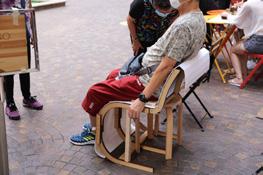
Prototyping


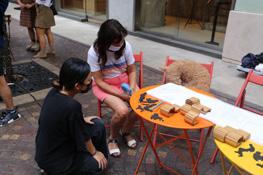




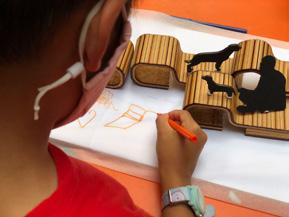
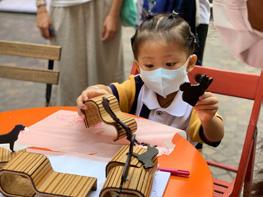
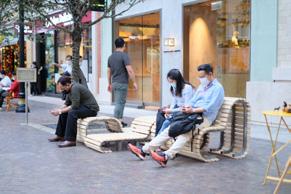
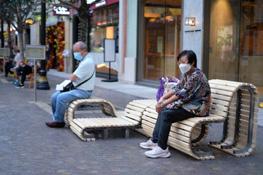



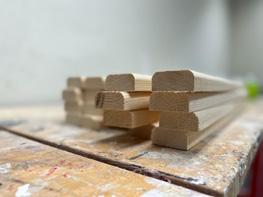
We have made some models for residents and future users to create some design opportunities. It is our great chance to understand their wants and needs. We are glad that we really got something from the social engagement. For instance, we altered the depth and the height of the seat as higher seat make some elderlies cannot stand up from the seat easily. Craftsmanship is another huge challenge to me. We spent lots of time to smoothen the wood and make the assemble method.
From components to combinations
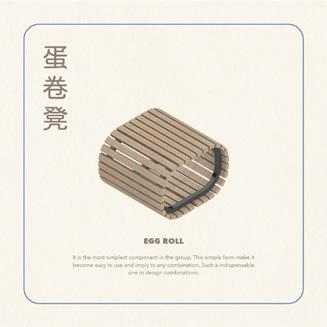
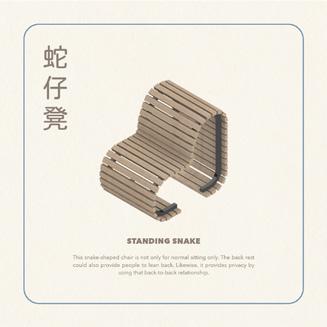
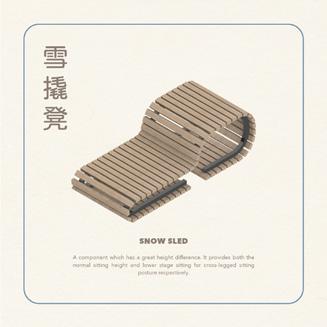
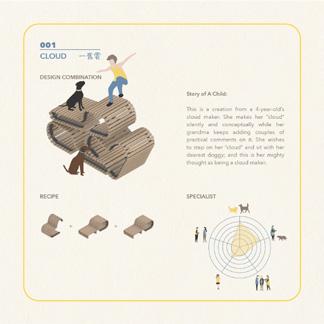
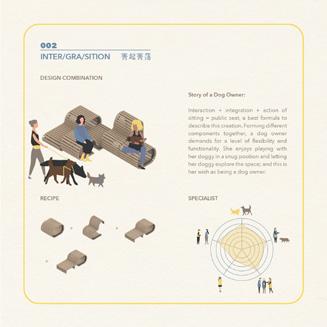
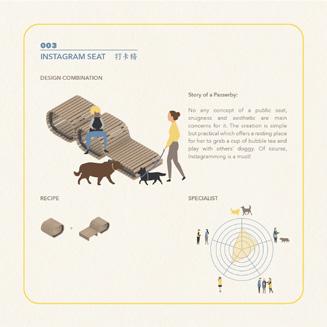
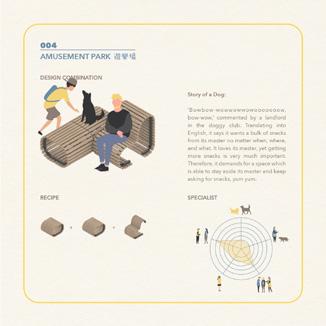
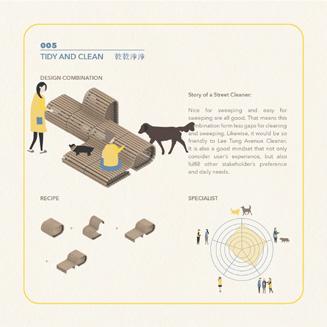

&
The project initiated with 3 small seating components. Then we used those 3 components to assemble a larger seating by using different methodologies such as stacking, juxtaposing…… Furthermore, we used local recycled acacia confusa for the final production which is placed along Lee Tung Avenue right now. It is my first time to make a 1:1 model. It is one of my favourite projects in my design career. Co-creating is fun and try to make a high level in craftsmanship is a great challenge to me too. Furthermore, it is also my favourite project when I was studing bachelor degree in the previous institute.
Place-make a pet-frindly street by designing furniture
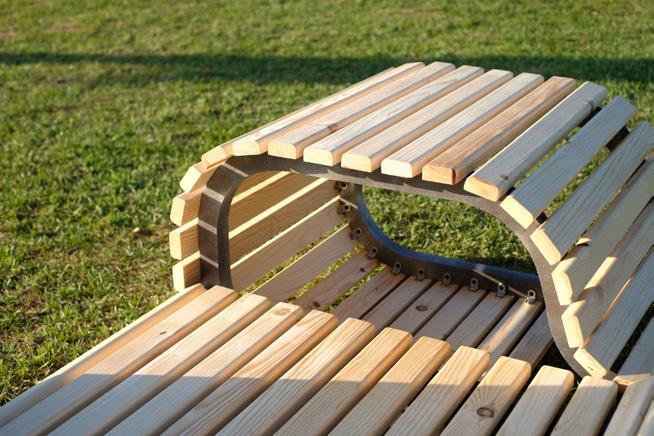

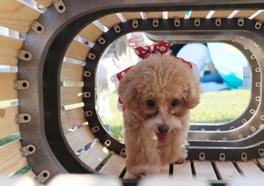



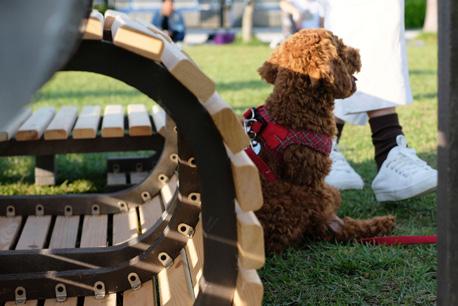
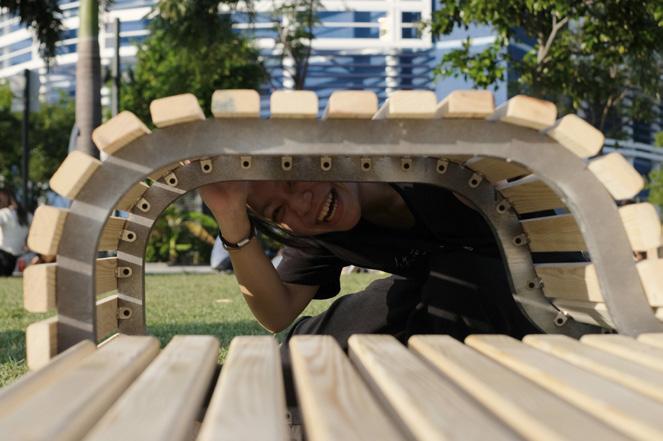
Winning Certificate of the SIT Furniture Design Award 2023

AWARD
SIT DESIGN AWARD 2023
WINNER
PRODUCT NAME FOOTSDOG
UNIVERSITY
HONG KONG POLYTECHNIC UNIVERSITY
LEAD DESIGNER
CHONG NGA CHING, IP CHEUK YAN, LEUNG HOI LAAM, TANG CHI TAT
The jury panel of SIT Furniture Design Award certifies that CHONG Nga Ching, IP Cheuk Yan, LEUNG Hoi Laam, TANG Chi Tat has received this award for "FootsDog " in "Furniture Design - Public park & Public area furniture" category.

PLANNING AND PRODUCTION Tat, Tang Chi-tat
WRITING & EDITING Tat, Tang Chi-tat
BOOK DESIGN Tat, Tang Chi-tat
COVER DESIGN Tat, Tang Chi-tat
ILLUSTRATIONS Tat, Tang Chi-tat
LOGO Tat, Tang Chi-tat
First published in Hong Kong as TAT, TANG CHI-TAT’S PORTFOLIO in 2024 by Tat.
No portion of this book may be reproduced in any form or by any electronic or mechanical means without permissions in writing from the copyright holder.
Manufactured in Hong Kong
First Edition: June 2024
1st Printing
Published by Tat
Printed by the Print Shop at Knowles Building
The University of Hong Kong, Pokfulam Road, Hong Kong
For questions, concerns or comments, please contact: guluthetat@gmail. com